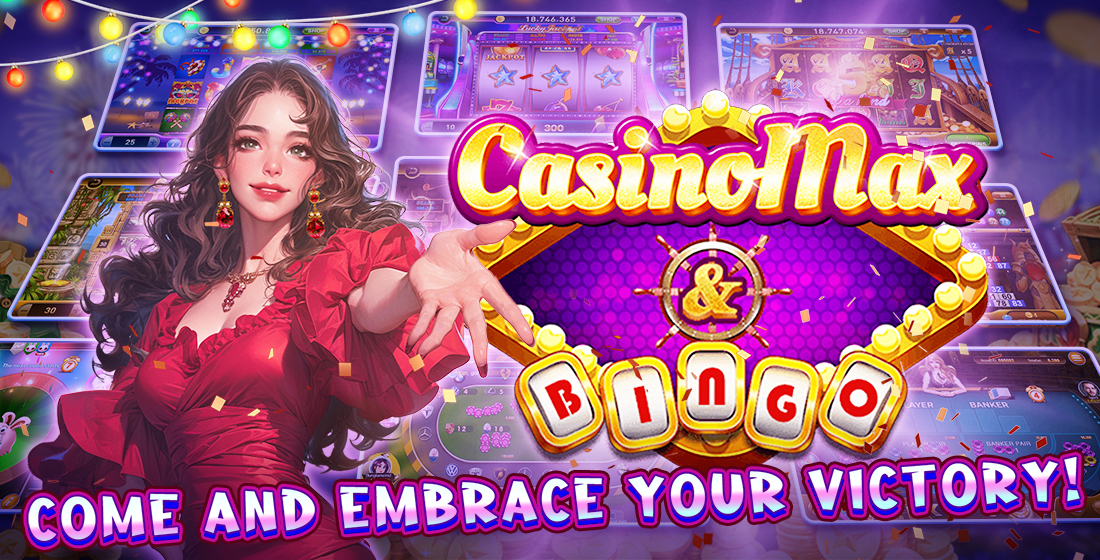Why Multiplayer City Building Games are Redefining Collaborative Gaming Experiences
In recent years, multiplayer games have evolved beyond traditional formats, immersing players into worlds where collaboration isn't just an option but a necessity. City building games specifically have introduced new dynamics in gameplay, offering both challenges and opportunities for social interaction. This article delves into how these games are reshaping the collaborative gaming experience.
The Rise of Multiplayer City Building Games
Multiplayer city building games have gained significant traction in the gaming community due to their engaging mechanics and vibrant worlds. Players are no longer solitary builders; they can now share resources, strategize, and compete with or against each other. This shift has opened up new avenues for interaction within gaming spaces.
Understanding the Appeal of City Building in Multiplayer Settings
City building games attract players as they allow for creativity, strategic planning, and resource management. When combined with multiplayer elements, the gameplay becomes richer. Players can collaborate on larger projects, influence each other's cities, and create shared stories that emerge organically through gameplay.
Essential Features of Successful Multiplayer City Building Games
- Collaboration: Players can work together to construct city features.
- Resource Management: Effective resource sharing boosts development speed.
- Dynamic Interactions: Players influence each other through trade and competition.
- Personalization: Customizable cities enhance player investment in their worlds.
Games with Great Story and Multiplayer Elements
Some of the most captivating experiences emerge from games that incorporate robust storytelling alongside multiplayer capabilities. Titles like “Banished" and “Cities: Skylines" demonstrate how narrative depth can complement collaborative play. The stories that unfold in these manageable yet complex environments often lead to distinct player experiences.
The Role of Community in Multiplayer City Builders
Community engagement is a cornerstone of successful gaming experiences. Multiplayer city builders foster communities where players exchange ideas, showcase their cities, and provide tips to enhance gameplay. Online forums, Twitch streams, and YouTube channels serve as platforms that keep players connected and engaged.
Comparing Multiplayer City Building Games with Traditional Formats
Unlike traditional single-player formats, multiplayer city building games offer unique challenges and interactions. Table 1 illustrates the key differences:
| Aspect | Multiplayer City Building Games | Traditional City Building Games |
|---|---|---|
| Player Interaction | High - collaboration and competition | Low - solo experience |
| Resource Sharing | Enabled - promotes teamwork | Restricted - self-reliance |
| Story Development | Dynamic - shaped by player actions | Static - pre-defined narratives |
| Community Engagement | Strong - shared experiences | Limited - individual focus |
Good Steam Survival Games with Multiplayer Elements
In addition to city building titles, survival games on platforms like Steam also integrate multiplayer components effectively. Games such as “Rust" and “7 Days to Die" exemplify how survival mechanics can merge with cooperation and competition among players, creating thrilling experiences that keep players coming back.
How State-of-the-Art Graphics Enhance Multiplayer Experiences
Graphical fidelity plays a vital role in how players engage with each other in these games. High-definition visuals help create immersive environments that invite exploration, fostering a sense of realism that enhances collaboration. Players are more likely to work together when they can visually appreciate the world around them.
Building Strategic Alliances in Multiplayer Gameplay
In multiplayer city building games, forming alliances can make or break the gameplay experience. Teams can share resources strategically, defend against common threats, or even orchestrate challenges against rival factions. These alliances often lead to memorable narratives that players share outside the game.
The Future of Multiplayer City Building Games
As technology continues to advance, multiplayer city building games will likely expand in scope and complexity. Virtual reality (VR) and augmented reality (AR) technologies may offer players even more immersive experiences, blurring the lines between virtual and real-world interactions.
Key Takeaways
- Enhanced Collaboration: Multiplayer dynamics foster teamwork.
- Community Engagement: Strong communities enhance player retention.
- Dynamic Storytelling: Player interactions lead to unique narratives.
- Visual Appeal: High-quality graphics promote player engagement.
Conclusion
In summary, multiplayer city building games are redefining how players interact, engage, and collaborate within the gaming landscape. They combine strategy, creativity, and communication in ways that traditional gaming formats rarely achieve. As these experiences continue to evolve, the potential for deeper connections among players will only grow, paving the way for new genres and gaming innovations.



